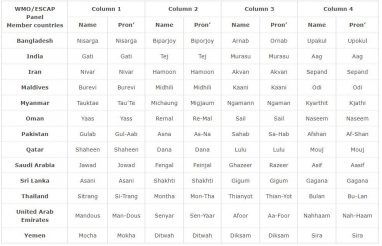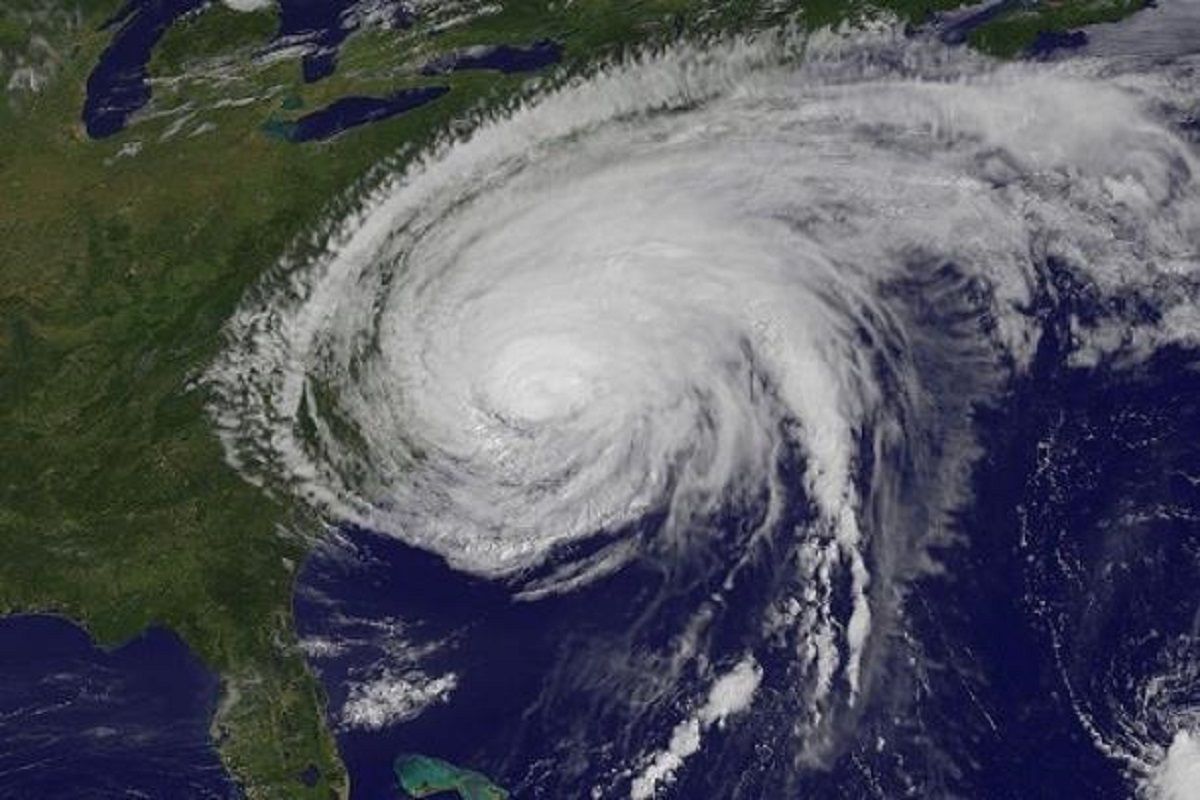New Delhi: After Cyclone Tauktae, another cyclonic storm is expected to strike the Indian coast in the coming days. While Tauktae ravaged western and southern states, Cyclone Yaas is likely to hit the eastern states of Odisha and West Bengal. A low-pressure area, set to form over east central Bay of Bengal on May 22, is likely to intensify into a cyclonic storm and strike the Odisha-West Bengal coast on May 26.
The IMD said several places in Bengal are likely to experience light to moderate rainfall from May 25, and isolated areas may encounter heavy rains. The intensity of rainfall may gradually increase, especially in the Gangetic belts. The Met department has also warned of rough to very rough sea conditions.
India has been hit by various cyclones in the past such as Fani, Amphan, Vayu, Nisarga, etc. All these cyclones had different meanings and origins. Here’s what you should know about how Cyclone Yaas got its name and what it means.
Which country named Cyclone Yaas?
The prevailing low-pressure area, if it develops into a cyclone, will be christened ‘Yaas’, a name given by Oman, in accordance with a standard procedure.
The cyclone names are given by counties in the region on a rotational basis.
How to pronounce Cyclone Yaas:
Yaas is often misspelled as Yass or Yash. However, it is pronounced as ‘Yass’.
Where did Yaas originate from?
The word Yaas is said to have originated from the Persian language and it means Jasmin in English.
How are cyclones named?
Tropical cyclones can last for a week or more; therefore there can be more than one cyclone at a time, according to an article in public.wmo.int.
Weather forecasters give each tropical cyclone a name to avoid confusion. In general, tropical cyclones are named according to the rules at regional level. In the Atlantic and in the Southern hemisphere (Indian ocean and South Pacific), tropical cyclones receive names in alphabetical order, and women and men’s names are alternated.
Nations in the Northern Indian ocean began using a new system for naming tropical cyclones in 2000; the names are listed alphabetically country wise, and are neutral gender wise, the article said.
The practice of naming storms (tropical cyclones) began years ago in order to help in the quick identification of storms in warning messages because names are presumed to be far easier to remember than numbers and technical terms. Many agree that appending names to storms makes it easier for the media to report on tropical cyclones, heightens interest in warnings and increases community preparedness.
List of names of future tropical cyclones in the Bay of Bengal and Arabian Sea:
The names to be used will be taken from the list below, starting with Nisarga, then Gati, Nivar, etc.

